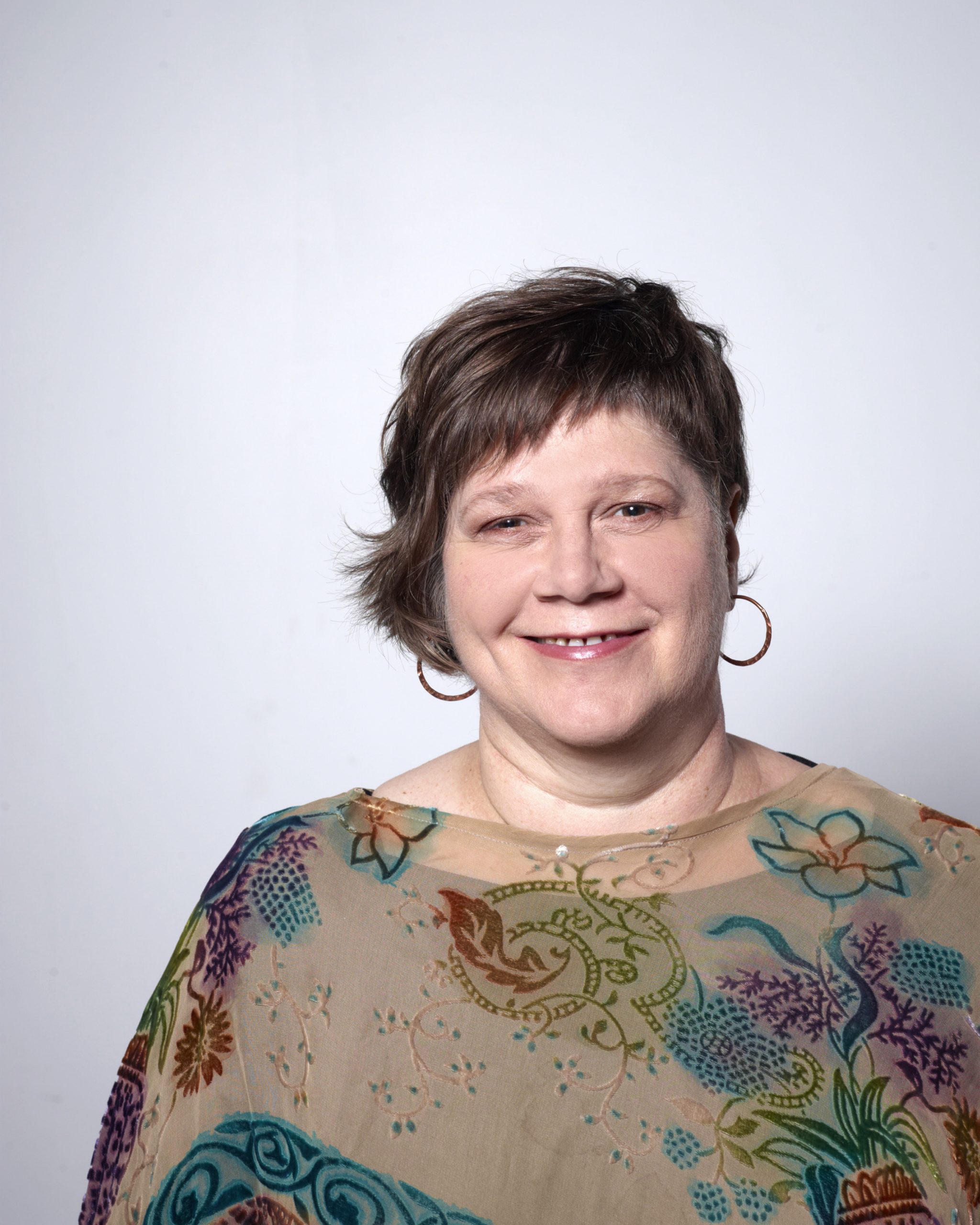
Listen to the podcast here
Using The 5 Senses To Foster Creativity
Hey, I’m really excited to be with you today. And I started to think about fostering creativity. And as leaders, we’re always fostering creativity on our teams. Helping them do things that haven’t been done before. And I was trying to think about how do people do that? Because I think it’s really important that we foster creativity. And then I also think that it can be kind of intentional.
And I realized there’s some, you know, I got kind of enamored of the idea of thinking about the five senses to foster creativity. And I think there are some extra senses. And I’m I may not get that, all right, but in general, I just think about how we can use different senses. I also think of them as sort of channels.
People have auditory channels, and visual channels and kinesthetic channels. And if we learn to ask open-ended questions around those things, so we’re not saying oh, what do you see? Or what do you feel? Or what do you think we actually say? What do you notice? Or what do you want to grab on to? Or what do you want to think about differently? What has your attention? Those are all open channel questions that we can ask as leaders. And I think those open channel questions can be really interesting in terms of helping people access their thinking, their own, their creativity.
I also think that doing things that meet the senses. So if you’re having a meeting and you bring in food, what is the food going to do in the meeting? So think about the function of the things that touch the senses. If you have visual cues on zoom or using backgrounds to make it visually appealing, are you paying attention to the sounds that are around you in a creative environment? Is it music or light music a part of that? And how will that impact creativity?
I think creativity needs both sorts of input and silence. At least it does for me, but everyone’s different. And I think as a leader, you need to look for differences. And then also look for how do you contribute to the feel, or the flow or the way that people experience the work environment to foster creativity.
So I think your job as a leader is to foster creativity. There are so many ways that you can do it. But I think if you think about fostering creativity, asking creative questions, and how people tap into that creativity, those are some really good starts. For how you can positively impact your environment to create a creative flow.
I also noticed for myself that a lot of tactical, in the spur of the moment, quick reaction tasks can really get in my way of creativity. I need space. So thinking about how people in your organization respond to each other? Do they set aside times to respond by email, or using a Slack channel that someone could pause? Giving space for creativity can also be really important.
So my challenge to you is to think about the five senses and think about space and not space. Where do you want to have an impact? Where do you want to remove impact as you foster creativity and innovation in your organization? I hope this is helpful. Go experiment.
Love the show? Subscribe, rate, review, and share!
Join The Experimental Leader community today:






Leave a Comment